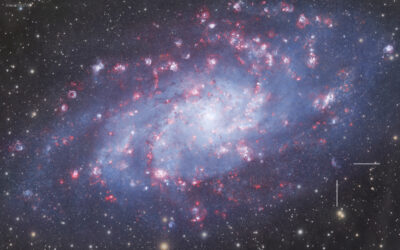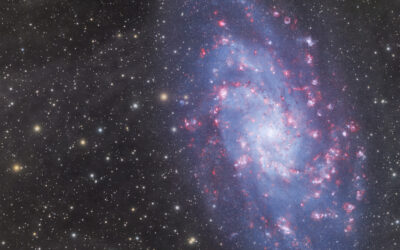PRO-AM Science
I have had the privilege to collaborate with professional scientists in different PRO-AM projects. Nowadays I am a member of the LSB group (Low Surface Brightness) under the leadership of Dr. Ignacio Trujillo (Instituto de Astrofísica de Canarias).
The collaboration with the Instituto de Astrofisica de Canarias:
My first collaboration started with the astrophysicist of the IAC (Instituto de Astrofísica de Canarias) Dr.Ignacio Trujillo and Dr.Raúl Infante. It all started while listening the great podcast “Coffee Break Señal y Ruido” back in January 2019. In one of their podcasts they asked for the collaboration of amateur astronomers to capture really long exposure images from a field of galaxies. After several years involved in deep sky astrophotography I found that it could be exciting to take part in such a project. I got in contact with the podcast director, Dr. Hector Socas, who got me in contact with Dr. Trujillo.

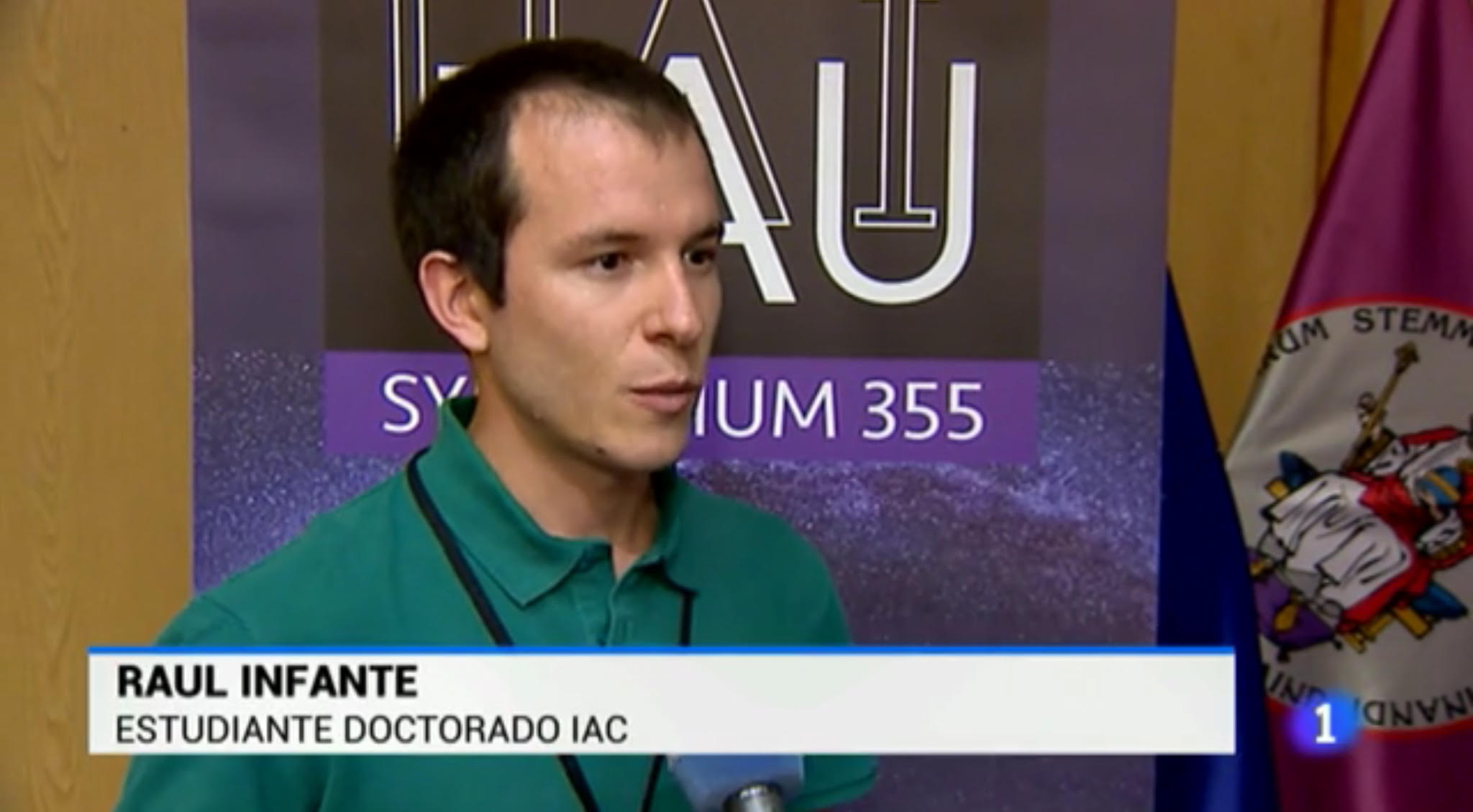
Dr. Trujillo introduced me his colleague Dr.Raúl Infante. My first task was to show them the capabilities of my observatory and the sky quality of Prades. We started a serie of tests to validate all the parameters. All the tests succeed and I we were about to start the first set of scientific images. I was alerted that this project was going to involved great amounts of effort and time from my part, and no success was promised. I accepted all the challenges and thank to the team of Dr. Trujillo the possibility to collaborate with them.
The scientific mission was to find the limits of the amateur equipment and see how far they could go in a given field of galaxies. The chosen FOV was the M101 Galaxy (The Pinwheel Galaxy). It was a widely studied galaxy by other professional projects that could offer us a good comparison start point.
The first night of observations was a bit disappointing because a dark spot appeared in some images. I was told by Dr.Infante that some kind of interference was spoiling several images. I quickly inspected it and try to find what was going out. Several minutes later I told Dr.Infante that I had solved the issue. My home chimney was in the line of sight of M101 during part of the night, so I decided to remove it. It was a drastic decision, but it made possible to gather some more scientific data each night.
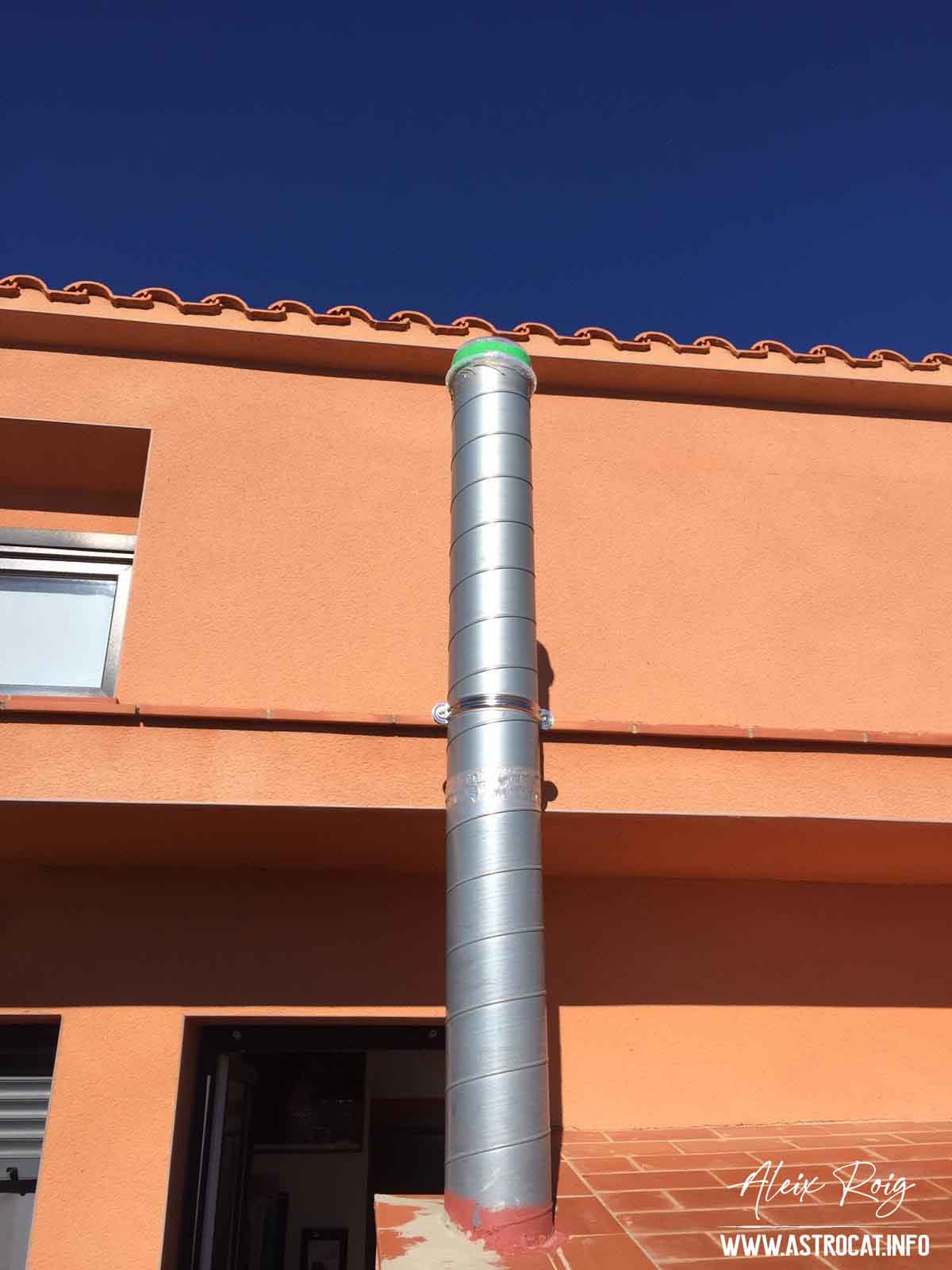
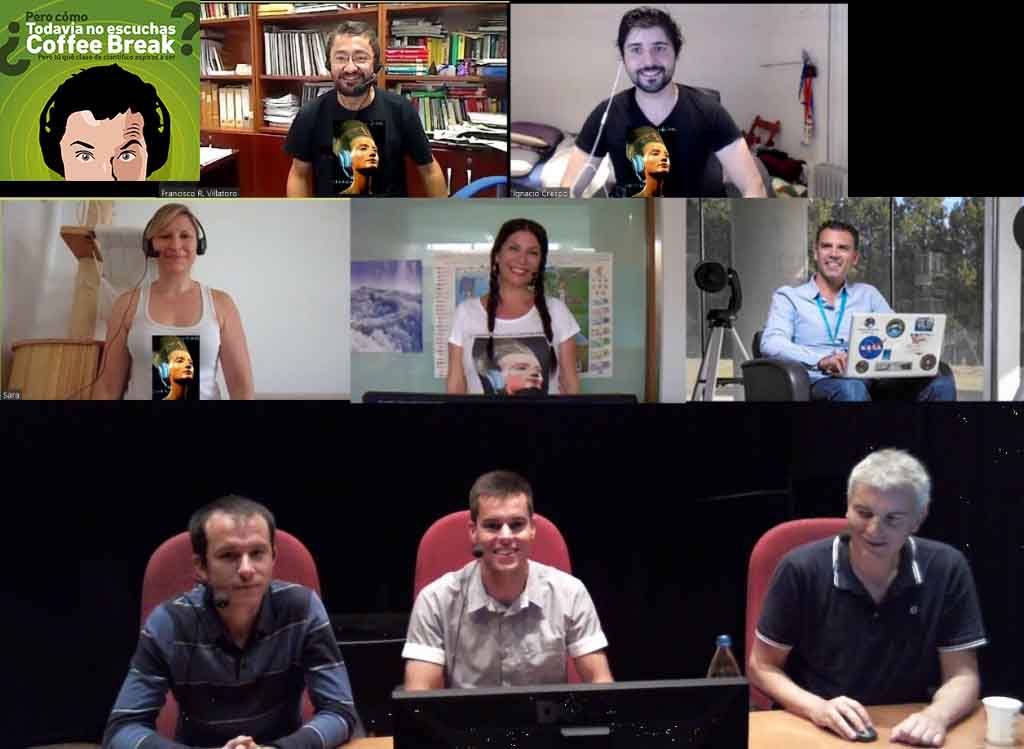
This project was presented during the 355 IAU Symposium “The Realm of the Low-Surface-Brightness Universe” that took place in Tenerife (Canary Islands, Spain) in 2019. We had the opportunity to participipate in the podcast “Coffee Break Señal y Ruido” episode 223 to explain all the project. You can find the episode here.
We also presented the project in other professional and amateur syposiums and conferences such as: “25 Conveción de Astronomía” Sabadell, Agrupación Astronòmica de Sabadell 2019, “III Congreso PRO-AM” Huesca 2019, “Conferències dels dimecres” Agrupació Astronòmica de Sabadell 2021.
Since then, I keep the contact with this team of astronomers and we keep collaborating in other projects.
See our latest presentation of the “101 hours on M101” project: https://www.youtube.com/watch?v=y-m-YQ-k3e4
Other collaborations:
In 2021 I install a Remote Meteor Station at my home observatory. The main goal is to have a daily track of the night and capture the meteor activity. This project is part of the Global Meteor Network, a PRO-AM scientific project.


